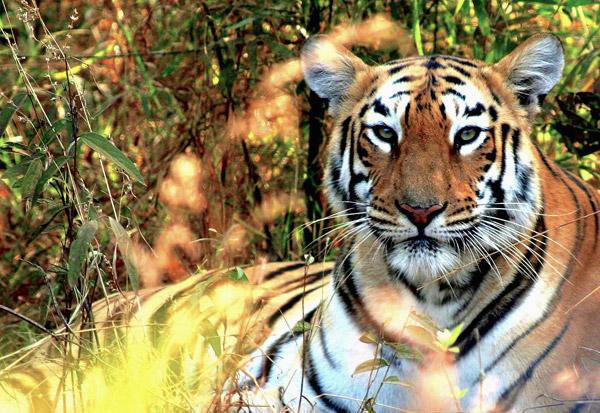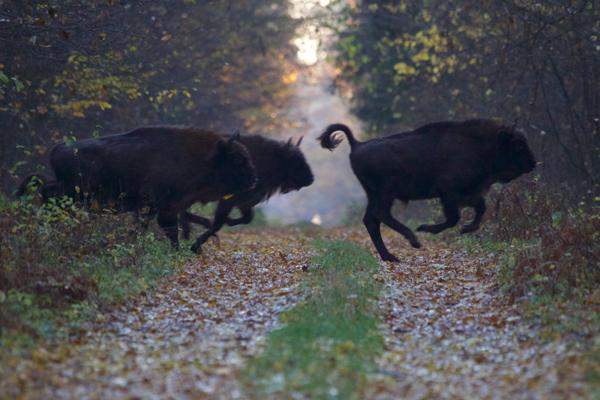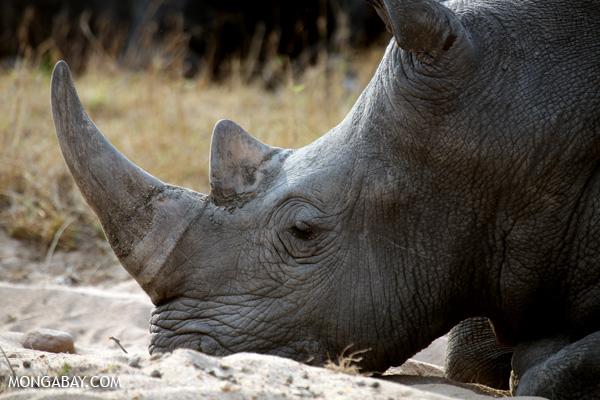The tiger—one of the world’s most famous animals and its biggest cat—is in major trouble. In 1900, the global population was over 100,000 animals; today, it is on the precipice of extinction, hovering around just 3,000, a drop of 97 percent. In response, tiger range countries have pledged to double to the population by 2022. But there has been little evidence of success until now: India has announced that its tiger population has jumped a remarkable 29 percent in the last four years.
“While the tiger population is falling in the world, it is rising in India. This is great news,” India’s Environment minister, Prakash Javadekar, said in New Delhi.
In 2010, India counted 1,706 Bengal tigers (Panthera tigris tigris), but it’s census conducted last year found 2,226 individuals, a rise of 502 tigers in a country home to over 1.2 billion people. India is home to around 70 percent of the world’s tigers, most of which now survive in protected areas.
In order to census its tigers, India’s National Tiger Conservation Authority set up 9,700 remote camera traps. This gave the country its most accurate count in decades, according to Javadekar.
“We have unique photographs of 80 percent of the tigers,” said Javadekar.
Tigers in India are threatened largely by habitat loss and degradation. The country has opened up many of its forest areas in the last few decades for coal mining, development projects, tourism, roads, and infrastructure. A rising human population—and less forest—has also brought many locals close to tiger habitat, leading inevitably to conflict. The great cats are also imperiled by poaching for their body parts, which are used in traditional Chinese medicine. Yet, despite these challenges the population has grown significantly since hitting a nadir of just 1,411 tigers in 2006.
Tigers have not been so fortunate elsewhere. Researchers recently estimated that only 250-340 Malayan tigers (Panthera tigris jacksoni) are left, a major drop from a pervious estimate of 500. Less than 400 Sumatran tigers (Panthera tigris sumatrae) are thought to survive today as the island suffers one of the highest deforestation rates on the planet, while the Indochinese tiger (Panthera tigris corbetti) sits at around just 350 animals. On a slightly more positive note, the Amur tiger (Panthera tigris altaica), also known as the Siberian tiger, is at around 400 animals, but up from a low of just 20 individuals in the 1940s.
The world has already lost three tiger subspecies to total extinction: the Bali tiger (Panthera tigris balica), the Caspian tiger (Panthera tigris virgata), and the Javan tiger (Panthera tigris sondaica). A fourth subspecies, the South China tiger (Panthera tigris amoyensis), is most likely extinct in the wild, but survives in captivity.
This article was written by Jeremy Hance, a contributing writer for news.mongabay.com. This article was republished with permission, original here.




